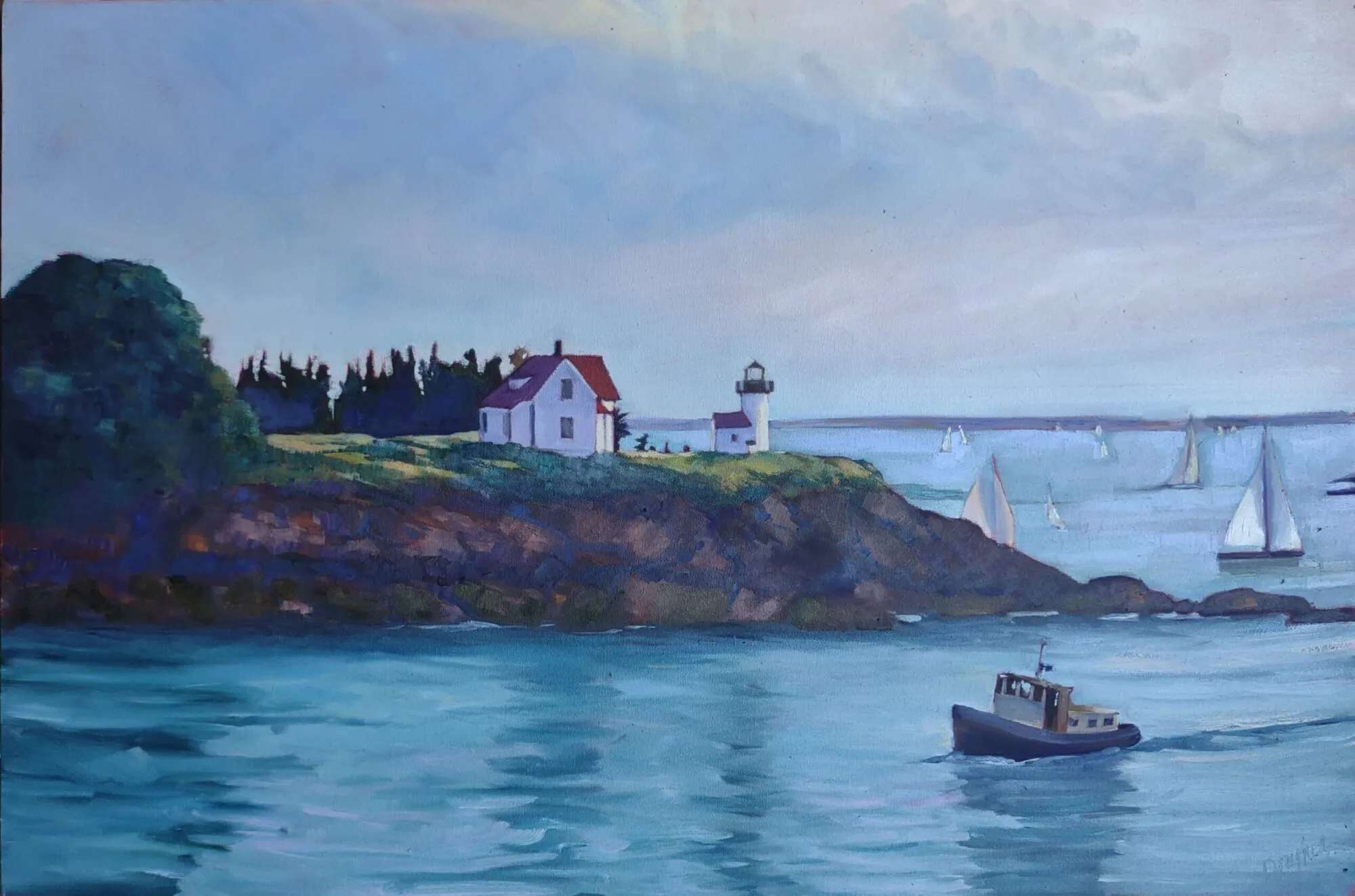Can you learn to draw from a book? Absolutely! Here are some suggestions, and I’d love to hear about your favorites.
Occasionally, I’ll send a student home from a workshop with the advice that he or she should take a basic drawing class. I’ll see that person the following summer only to learn that there wasn’t a drawing class in his town.
Drawing is, to the outsider, the most mundane of the arts. It’s not splashy and it can seem mechanical. To the insider, it’s the guts on which everything else rests. It’s a great shortcut to work out problems of design. To paint without knowing how to draw is to practice surgery without ever having anatomized. You could have all the skill in the world in your hands, and you’d still be clueless about what you’re doing.
No pianist ever got anywhere without first playing études and scales. Think of drawing like that, and practice a little every day. It’s the single best thing you can do to improve your painting.
Drawing is easy; it can be learned from books. Realizing this, I asked Bobbi Heath, Poppy Balser and Mary Byrom for recommendations. Their ideas, along with mine, follow.
The Practice and Science of Drawing is a classic text from the early twentieth-century. Harold Speed was an English painter and renowned teacher. His book includes both practical instruction and intelligent commentary on the nature of art. It’s available on Project Gutenberg here, if you want a preview.
How to Draw What You See is the granddaddy of self-help drawing books. It is based on the premise that all objects are basic shapes, stacked and refined. It is very good, but you’ll have to substitute 21st century examples—the plates haven’t been updated since I used it in the early 1970s.
Betty Edwards’ classic Drawing on the Right Side of the Brain is a book about which I’m conflicted. I’ve had it since the first edition was published in 1979. The exercises are fine, and it’s a great starting point for the timid. However, it spends too much time on her brain theories and not enough on measuring. Still, it’s one of the top-selling how-to-draw books of all time.
Poppy recommends Andrew Loomis, author of Successful Drawing and Figure Drawing for All It’s Worth. “I haven’t ‘read’ them as they aren’t instructive texts in the true sense,” she told me. “But I do pore over them when I’m looking for help with figures or division of space.”
Drawing for the Absolute Beginner is a good basic primer on how to handle a pencil. As with all good how-to books, it includes basic exercises.
Sketching from Square One to Trafalgar Square was recommended by Bobbi, and I’m adding it to my own library. It takes you through both the mechanics and the visualization necessary for field drawing. Both are important.
Perspective Made Easy, also recommended by Bobbi, outlines the rules of perspective drawing. This is a purely mechanical subject, so it’s easily learned from a book. Perspective is deceptively simple, and it trips up more artists than any other aspect of drawing.
Art of Sketching was recommended by Mary. It is out of print now but available on the used-book market. It emphasizes dry-media mark-making, something most painters could use to focus on. It’s another book I am adding to my own library, since I’ve seen how Mary’s sketches powerfully inform her finished work.
Is there a drawing book you love? I’d like to hear about it! Please comment.




